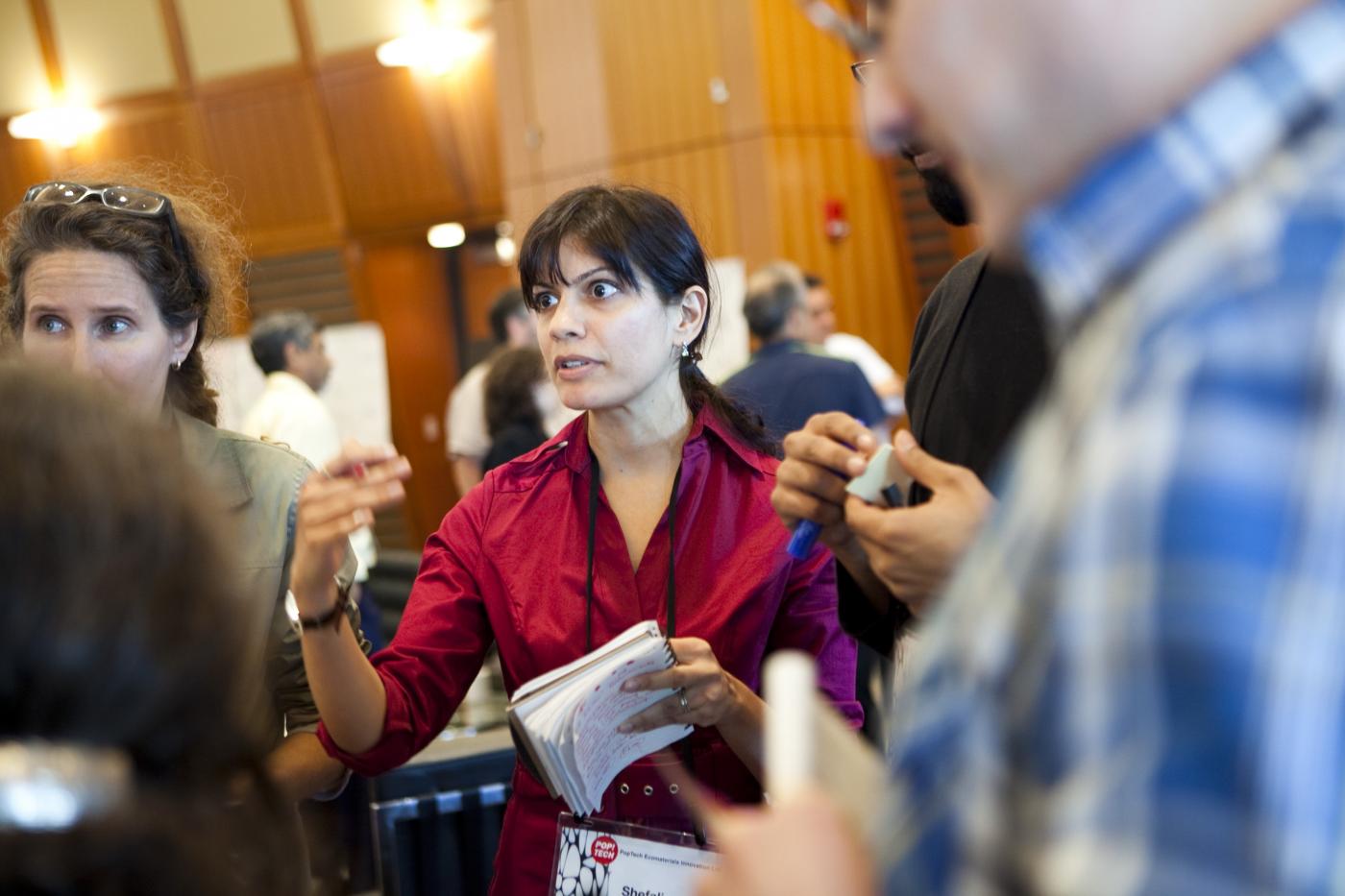Multilingualism and diversity as a strength
'You don't have to speak the same language to understand each other'

As a result of their diversity research, DUB published a background article about collaboration between international and Dutch employees and the associated language choices on March 8th. Although the article gives good examples and both international and Dutch colleagues have been asked for input, we think a number of factors are missing. We deal with these in the Multilingualism and Employee Participation Project.
The examples in the article indicate that collaboration between international and Dutch employees involves more than establishing a language policy. Although we think a "Working with Dutchies" workshop would definitely be useful, these kinds of workshops can also miss the mark. After all, you only appeal to one group, instead of opening the discussion between the groups.
Prejudices and stereotypes
For example, the UU development guide contains the Intercultural awareness training program (only with solis-id) which warns against an essentialist view of culture. This means we have to be aware of the fact that we pigeonhole people due to prejudices and stereotypes about their cultural background. It's about learning to reflect on your own actions in intercultural situations. We think it’s good that international work teams pay more attention to both language policy and collaboration culture. Provide a safe atmosphere and have an open mind. Make sure you can question each other about your behavior. Is something typically Dutch or Chinese? Or are we more alike than we initially think?
The advice from the M&M project states that you should mainly take into account the language proficiency levels and the wishes of those present. Just look at the example of Serena di Palma, who really wanted to practice her Dutch while her colleagues continued to speak in English.
English and Dutch
Furthermore, it is striking that this article unfortunately confirms the general view that the choice of language always seems to be about either Dutch or English, while there is also a third possibility, namely English and Dutch. The M&M project has extensively explored and supported the possibility of using Luistertaal (an multilingual approach in which people speak their own language and use their receptive capabilities to understand each other, red) in the university council in which international members speak English and locals speak Dutch.
Incidentally, understanding Dutch is not the only issue. There are also Dutch-speaking colleagues who have difficulty attending an entirely English-language meeting. To increase the Dutch or English language levels, there are several free courses for employees. It is great that the university is making these available, but it should also examine whether people can be given some space in their work hours to participate in such courses. After all, taking a language course in addition to a full-time job at university is quite a challenge.
Follow-up study about multilingualism
We have now started a follow-up study that is funded by the NWO Open Competition. Our starting point is that you do not have to speak the same language to understand each other. In short, there is no best approach for dealing with multilingualism.
In the background article, Bart van der Laar is quoted as saying “there are disadvantages to many solutions”. But are these disadvantages truly real disadvantages? How can you make everyone feel heard and understood? We propose to start conversations: which language or combination of languages does everyone in a team feel comfortable with? Find a solution together and see what is possible within the limits of your colleagues' skills and your budget.